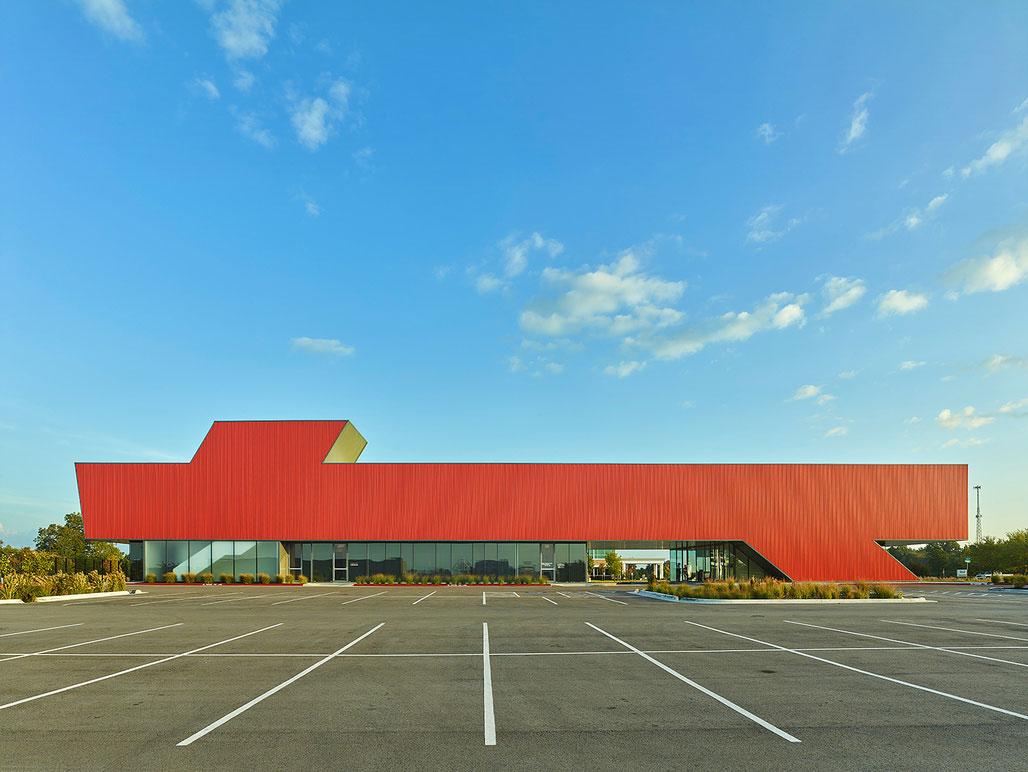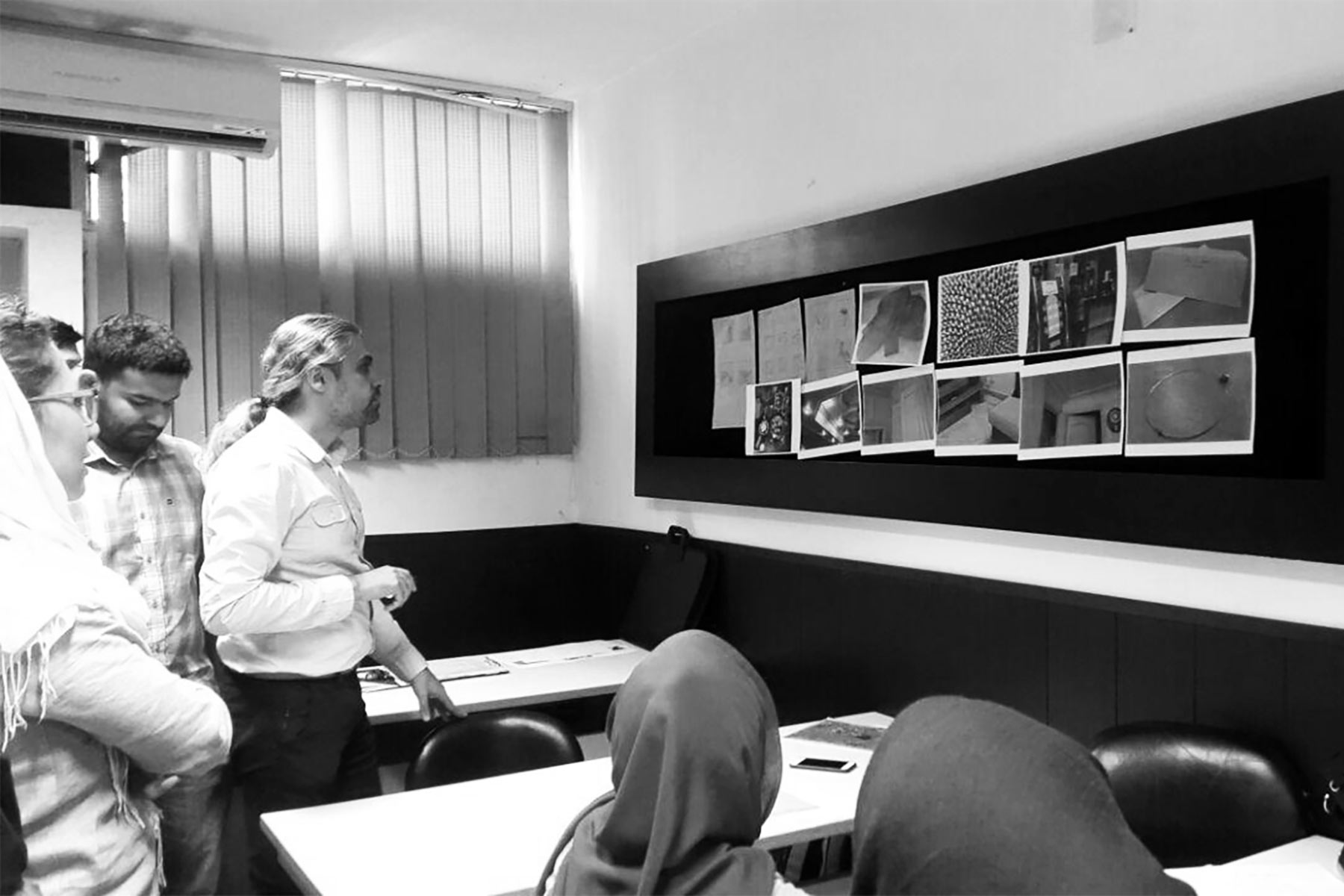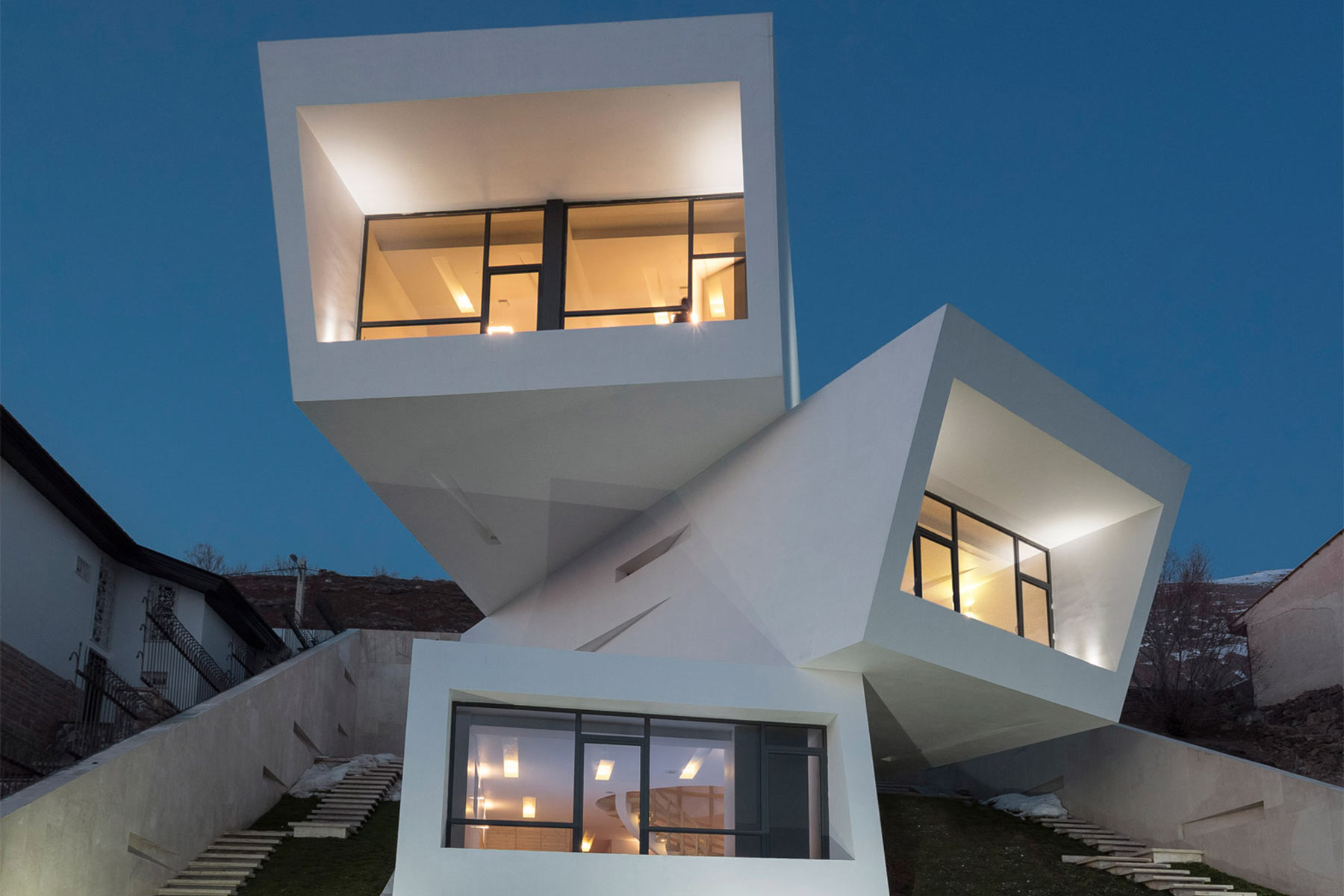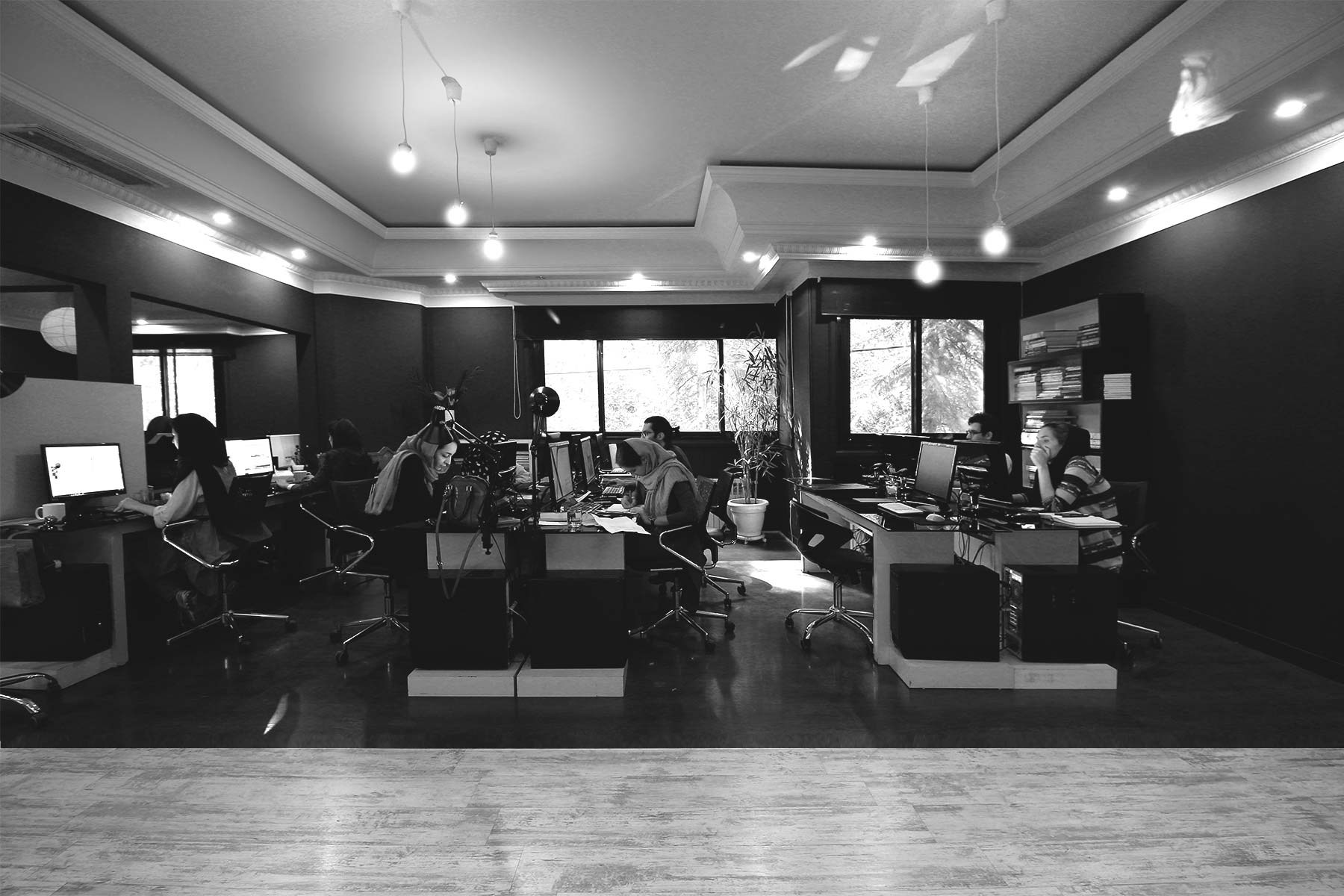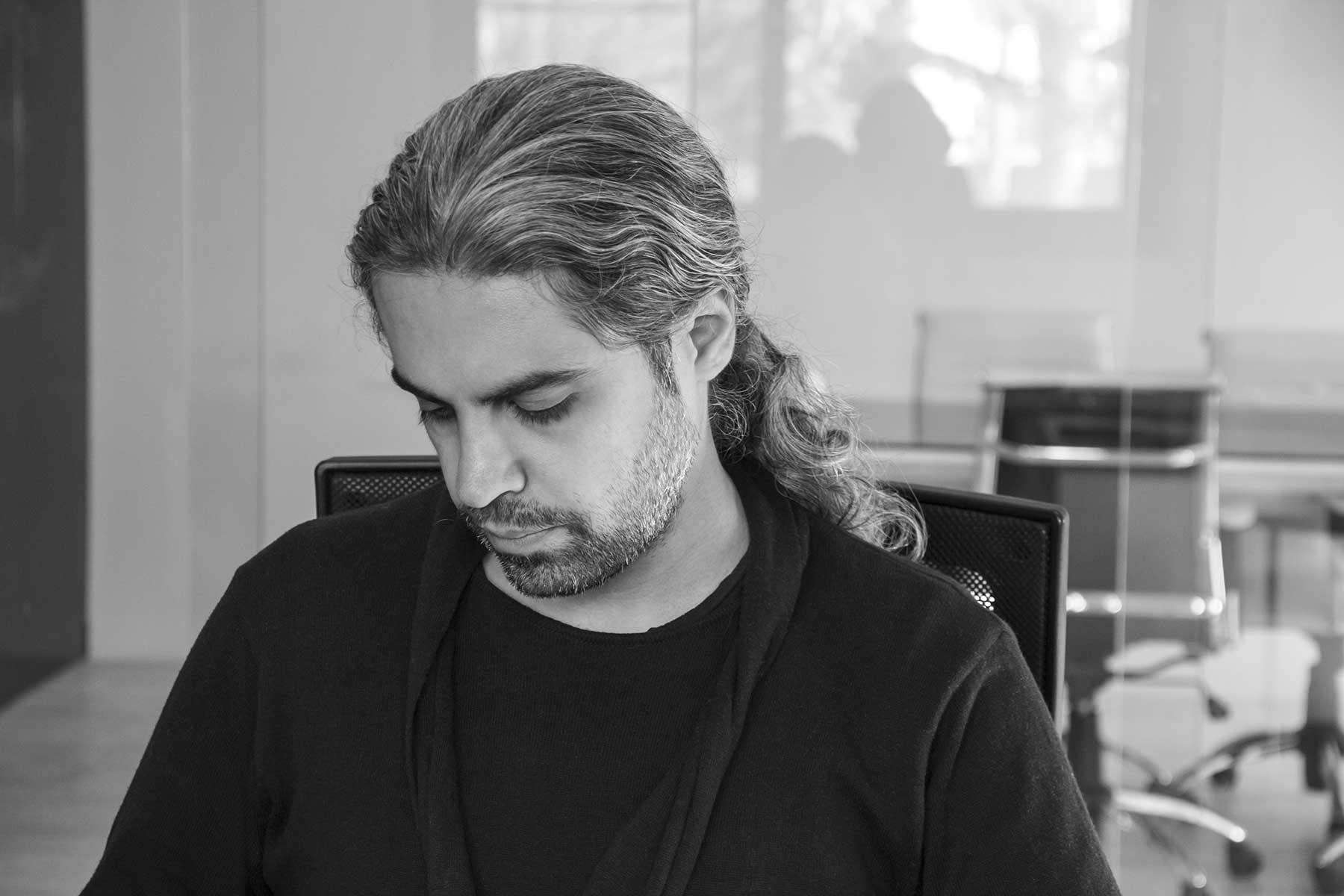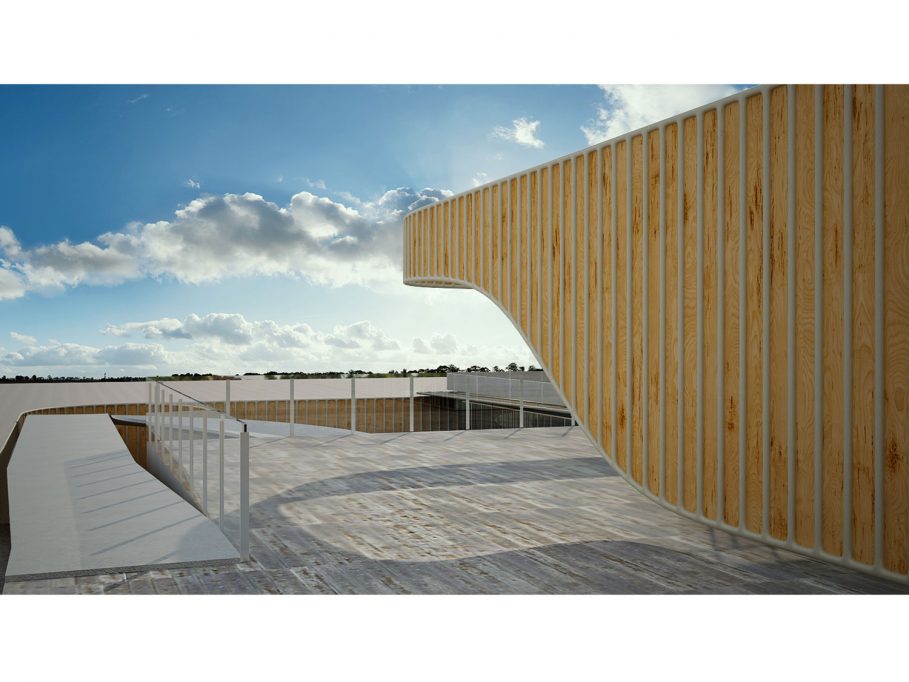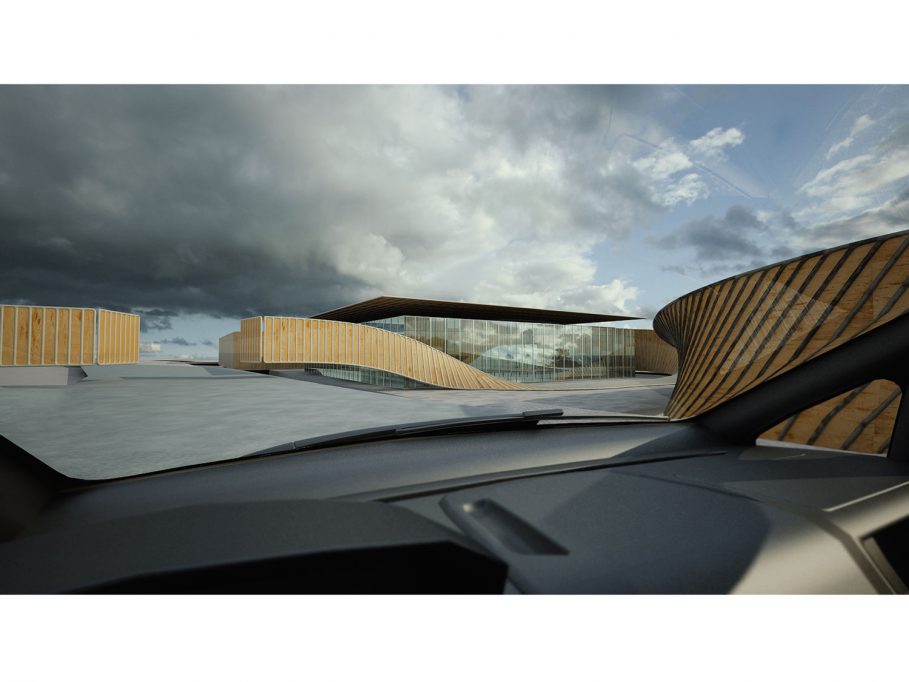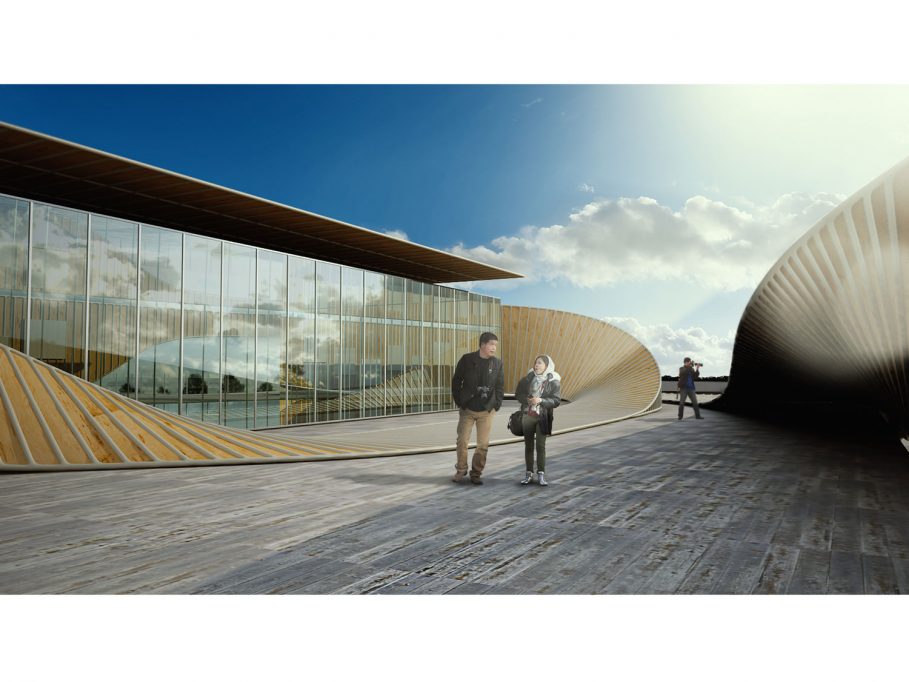- Cultural, Educational & Historical
Bisotun Pavilion Entrance
Bisotun Pavilion Entrance (also Bisotun, Bistun or Bisutun), is a multi-lingual inscription and large rock relief on a cliff at Mount Behistun in the Kermanshah Province of Iran. It was crucial to the decipherable of cuneiform script.
Authored by Darius the Great sometime between his coronation as king of the Persian Empire in the summer of 522 BC and his death in autumn of 486 BC,
The inscription includes three versions of the same text, written in three different cuneiform script languages: Old Persian, Elamite, and Babylonian (a variety of Akkadian).
After the fall of the Persian Empire’s Achievement Dynasty and its successors, and the lapse of Old Persian cuneiform writing into disuse, the nature of the inscription was forgotten, and fanciful explanations became the norm. For centuries, instead of being attributed to Darius I, the Great, it was believed to be from the reign of Khosrau II of Persia — one of the last Sassanid kings, who lived over 1000 years after the time of Darius I.
Bisotun Pavilion Entrance : A legend began around Mount Behistun (Bisotun), as written about by the Persian poet and writer Ferdowsi in his Shahnameh (Book of Kings) c. 1000, about a man named Farhad, who was a lover of King Khosrow’s wife, Shirin. The legend states that exiled for his transgression, Farhad was given the task of cutting away the mountain to find water; if he succeeded, he would be given permission to marry Shirin. After many years and the removal of half the mountain, he did find water but was informed by Khosrow that Shirin had died. He went mad, threw his axe down the hill, kissed the ground and died. It is told in the book of Khosrow and Shirin that his axe was made out of a pomegranate tree, and, where he threw the axe, a pomegranate tree grew with fruit that would cure the ill. Shirin was not dead, according to the story, and mourned upon hearing the news.
The circulation course of the entrance is shaped by the encounter between the pedestrians and drivers of the organization; a fluid surface originated from the ground that responds to the necessary security, control and access of the valuable and historical site. While moving through the surface, the floor and the space frame have shaped a form that not only creates a semi-open space, also prepares a pleasant area for the visitors. Individuals, who are able to move, observe and experience; a unique experience at every corner of the site. The Bistoun Pavilion Entrance is a box with faces extended to the ground in the form of a fluid fold with complete flexibility and simplicity by conserving a valuable inner space. Thus, the purpose of welcoming and presenting visitors to the past during a short period of time in an exhibitory, cultural and publication space. By taking a drawback, the organization itself provides the chance for representation of the historical elements; elements that are the main reasons for the existence of the pavilion entrance.
Category
- Cultural, Educational & Historical
Client
- Kermanshah Cultural Heritage, Handcrafts and Tourism Organization
Location
- Kermanshah, Iran
Area
- 650 M2
Status
- Completed
Year
- 2015
Design Team
Designer : Reza Mafakher
Design Associates : Foruzan Vahdati, Sahar Haghparast
Presentation : Hamed Sarhadi, Yahya NooshabadiAwards
- ---
Share



